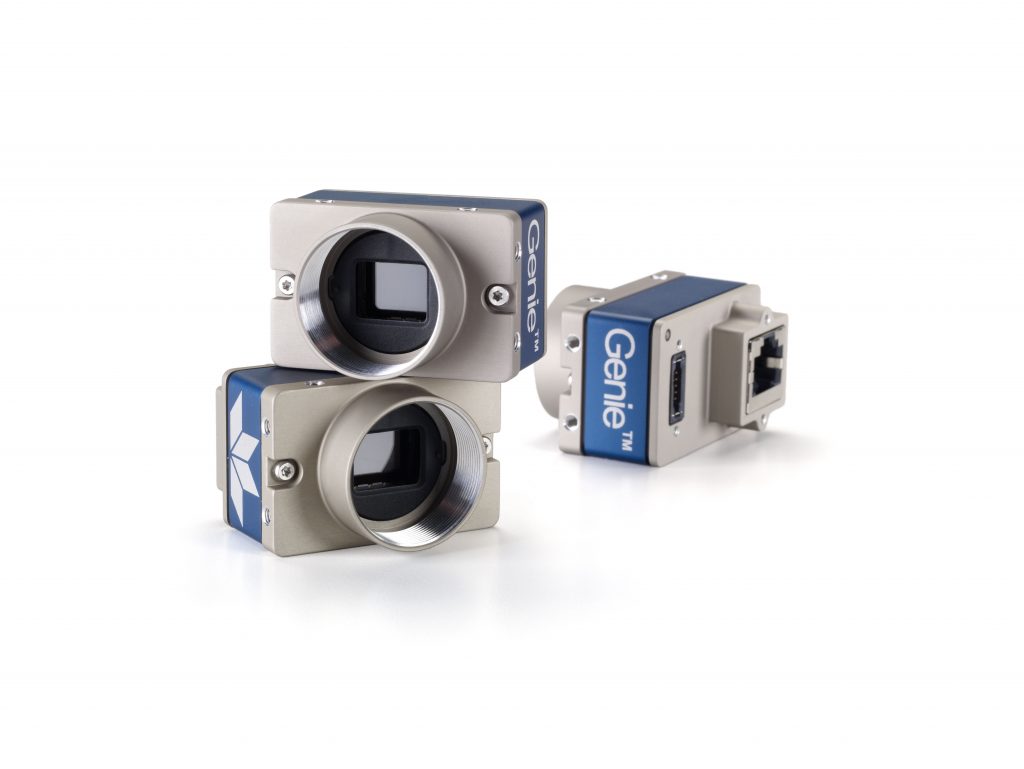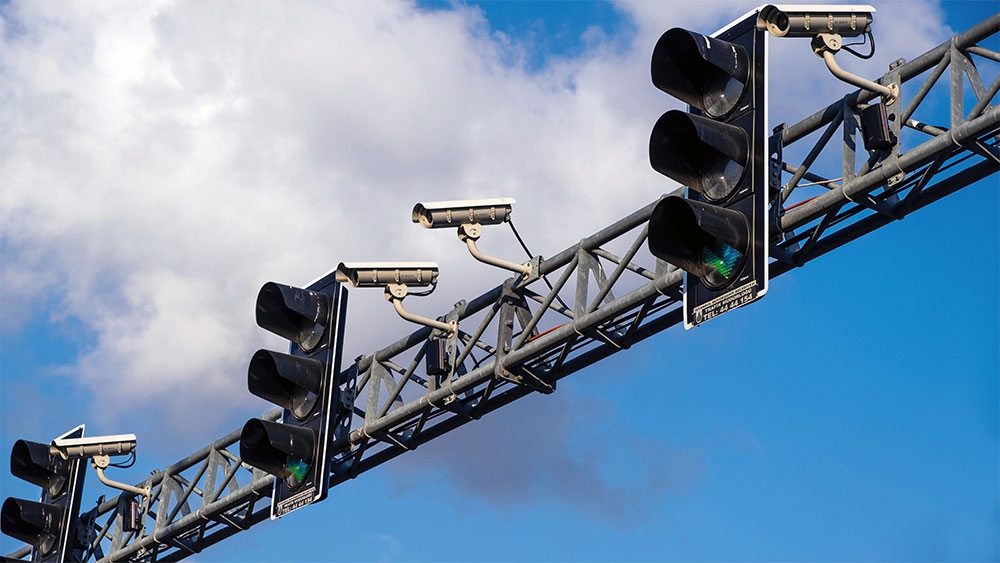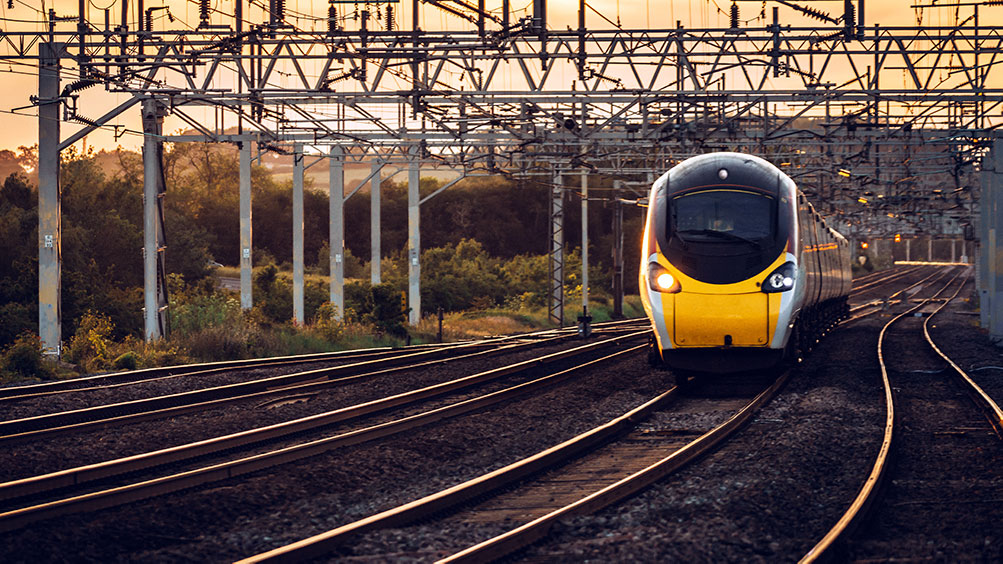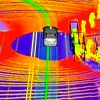A Better Vision for Transformational Transportation
Imaging-powered intelligent traffic systems are making the lifeblood of our economy cleaner and more efficient.
You’re stuck in your car, with traffic at a standstill. And you’re not the only one. Hundreds of other frustrated commuters are packed onto the same highway, their cars idling, emitting high levels of the greenhouse gases that contribute to global warming.
In the U.S. alone, personal vehicle idling wastes about three billion gallons of fuel every year, contributing a jaw-dropping 30 million tons of CO2 annually to the atmosphere. While the choices we make can have an impact—Natural Resources Canada estimates that if Canadian motorists spent three minutes less idling every day of the year, they could reduce CO2 emissions by 1.4 tons annually—we can’t solve this problem through behavior modification alone. If we’re serious about reducing greenhouse gas emissions from motor vehicles, we need to make changes to infrastructure.
Offering a new systems-level approach to traffic-flow management, Intelligent Transportation Systems (ITS) is implemented at the smart-city level. Leveraging existing technologies, such as high-performance cameras, Gigabit Ethernet, and artificial intelligence (AI) software, ITS can help reduce traffic congestion by keeping motorists informed in near real-time of what’s ahead, far more efficiently than crowdsourcing applications such as Waze or Google Maps, which gather data from smartphone users.
ITS, in contrast, integrates compact, ruggedized and lightweight high-resolution, high-speed cameras that support wide dynamic range, image compression and easy networking over long distances. As with most embedded-systems innovations, ITS also features trainable AI software that enables “continuous learning,” where systems already in the field learn automatically at runtime. A traffic-surveillance drone, for example, must fly at multiple altitudes. An engineer working in the home office can train the initial AI model with images collected at one altitude, e.g., 10m. Once deployed in a real-world environment, the continuous-learning algorithm activates, adapting the model when the drone is flying at other altitudes. This AI model, which also responds to variations in size and can adjust the viewing angle of image capture, frees the development team from performing a mandatory full model re-training in the lab, saving countless human hours.

There’s much more to ITS than keeping us informed of congestion due to traffic accidents or a heavy rush-hour. Because systems in the field are always on and always connected, they’re automating toll management to keep traffic flowing smoothly. Miles-long backups before toll plazas—which frustrate motorists and contribute to air pollution—are becoming an inconvenience of the past.
“A new generation of AI-enabled high-resolution, high-speed networked cameras that capture images accurately in all lighting and weather conditions make open-road tolling systems both viable and practical from a technology standpoint,” says Doug Sanderson, Vice President of Engineering, at Teledyne Lumenera. “Whether installed on roadside poles or secured to the gantry above the road, these ITS platforms trigger an enhanced image capture that sends information on a vehicle’s license plate to a central office to ensure correct billing.”
“Such systems are attractive to smart city planners, who appreciate their greater efficiency and affordability, especially when compared to building and maintaining old-fashioned toll booths and covering the salaries of the personnel who staff them.”
Smarter and safer
The intelligence in ITS platforms can help keep us safer in other ways as well. Smart cities are deploying ITS for speed- and red-light enforcement.
Most municipalities can’t allocate enough police offers for traffic enforcement. For someone who regularly travels five or ten miles per hour over the speed limit, perhaps that sounds like good news. But when the safety of drivers, passengers and pedestrians is a concern, it could be a very serious issue.
According to the National Highway Traffic Safety Administration (NHTSA) of the US Department of Transportation’s most recent data, speeding was a factor in more than 25% of all traffic fatalities in 2018. And a 2019 American Automobile Association (AAA) report found that more than 28% of crash deaths at traffic lights resulted from a driver running a red light.
“Unlike human traffic-enforcement officers, AI-based ITS can be deployed throughout a smart city at relatively low cost,” says Sanderson. “ITS also has the benefit of hindsight. A camera-based system with a loop buffer can see ‘back in time,’ rolling back 20-30 seconds. That kind of system can help provide evidence to aid investigators in determining the cause of a traffic collision. Did someone run a red light, was someone distracted or intoxicated, or is there be another reason? Today’s advanced ITS can process this data at the edge of the network, with a person in a central office analyzing the information.”

Fleet management
ITS is becoming increasingly important for fleet management. Support for cargo surveillance, for example, helps to ensure asset protection. An embedded vision system with AI capabilities could alert the fleet manager that there’s excessive movement in a row of new cars in transport by truck from Alabama to New York. The fleet manager could inform the driver of the problem, preserving the integrity of the cargo—and offsetting a potentially dangerous situation for the truck driver and other vehicles on the road.

Improving mass transit
From the first steam-powered cable car (San Francisco, 1873) and the first subway system in the United States (Boston, 1897) to the zero-emissions electric bus fleets of today, we’ve made leaps in innovation in mass transportation. As a result, hundreds of millions of people, a share of whom don’t own cars, can afford to travel between work, school and home.
There’s an environmental benefit beyond the economic one because mass transit is typically much more fuel-efficient than traveling by car.
While not every American with access to mass transit takes it regularly, in 2019 alone, the 55% of Americans who have access to mass transit took 9.9 billion trips. While the pandemic shifted many Americans away from public transit, at least some percentage of us will return to mass transit when we feel comfortable doing so.
We’re at a crossroads of opportunity in improving public transportation, and not just through safeguards such as mask-wearing. We can employ ITS to monitor the progress of subways, trolleys and light rail systems—keeping travelers informed of when the next train, bus or trolley will arrive. Removing the guesswork that most of us find frustrating with public transit is important. Enhancing its safe operations is another.
Intelligent inspection
From roads and bridges to tunnels and railways, key segments of our public transportation infrastructure are at risk throughout many parts of the world. Sending out crews for in-person inspection is extremely costly and time-consuming, making it impractical at the scale required to ensure our safety.
ITS, on the other hand, is ideally suited to the task of surface inspection. While machine inspection is fairly easy to accomplish with uniform surfaces, if you’re inspecting textured materials, such as brushed metal or wood, irregularities in the material might look the same as the image itself.
“That’s why you need AI in an ITS to train on many samples before you deploy in the field,” says Bruno Ménard, Software Director, Teledyne DALSA “Knowing the difference between a defect and the typical structural information of the material is critical to accuracy.”

Installing ITS platforms across thousands of miles of high-speed railways could allow public and private owners to monitor the condition of their tracks on an ongoing basis. Keeping tracks in good condition would keep the lines fully operational, satisfying travelers and benefiting owners financially. It could also reduce the chance of a train derailing because of damaged tracks, a potentially catastrophic event.
While we are still in the early days of rolling out ITS around the world, we’re seeing interest from very large cities, many of which are plagued by traffic congestion and crumbling infrastructure. Which makes sense because the benefits of ITS are many. More efficient traffic-surveillance and toll platforms for cleaner air. Less time in traffic for improved quality of life. More efficient traffic-rules enforcement to keep people safer. Ongoing surface inspection of our roads, bridges, tunnels and railways to keep transit fully operational.
We’re at the beginning of what we can achieve through ITS—and the road ahead is full of promise.



 Avoiding bumps on the road: how thermal imaging can improve the safety of autonomous vehicles
Avoiding bumps on the road: how thermal imaging can improve the safety of autonomous vehicles  Enhancing Automotive Parts Inspection with Machine Vision
Enhancing Automotive Parts Inspection with Machine Vision 